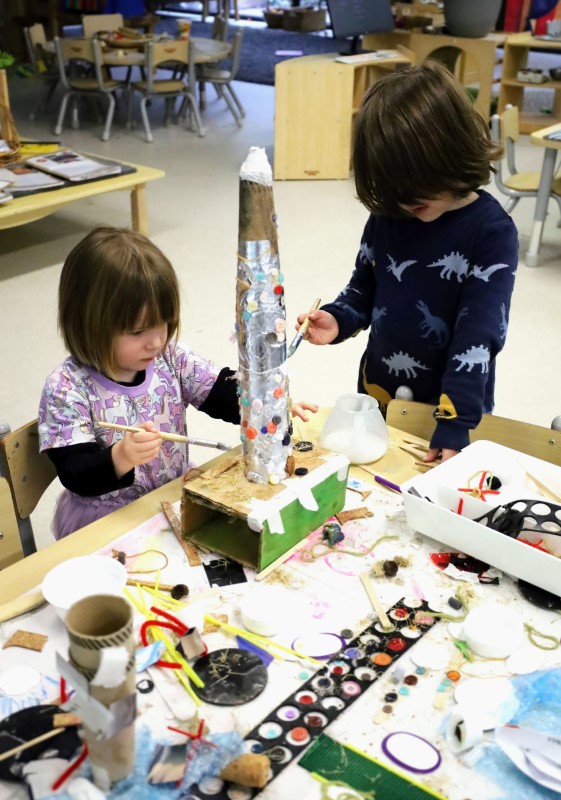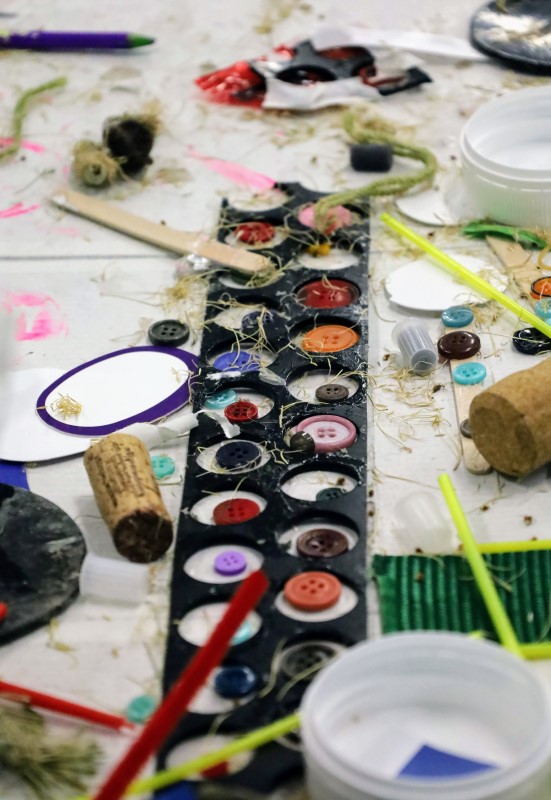Early Childhood Teacher Anneke van de Vusse tells the story of Vy Lam, who recently arrived in Australia from Vietnam, crying on one of her first days at Gowrie Victoria’s Carlton Learning Precinct service. Anneke says she watched as Kyro Zac, a boy from Indonesia who was also new to an English-dominant environment, approach her with an armful of dolls and drop them at her feet. “She stopped crying and the two had a conversation, each speaking in their respective home languages, and communicating through body language and gestures.”
This display of empathy is commonplace at the early childhood education service, where there are more than 25 different languages spoken in just one of the classrooms. “Many of our children here are new to English,” Anneke says. “More than a third are new to Australia and many to formalised early childhood education as well. It can be overwhelming for them.”
Learning how to listen to, respond to and include children who don’t share a common verbal language is a part of the high-quality practice at CLP. Early Years Leader Kristie Dowell says it comes down to relationships. “You have to be good at reading cues, you have to be intuitive and culturally sensitive,” she says.
Body language and gestures, key words and visual aids are all finely tuned strategies to enhance communication, while play-based learning, inclusive practice and connections with families create an environment of trust and understanding.
“It’s often about tapping into the intangible,” Kristie says. “Everything a child touches or does is imbued with meaning and their perception of the world. Whatever they’re doing at that time is telling us something about that child. This is the common language of humanity.”
A storytelling project in Anneke’s room has been introduced with that common language in mind. “We have a table of recycled objects – bottle caps, cardboard, buttons – set up,” she says. “A small group will sit with one of our teachers who will pose a question and then let the children tell their own story through the objects. To the outsider, it looks like a big mess. But to the children, it’s a whole world and every part represents part of their story.”
What started as a rainbow princess castle quickly turned into an elaborate mouse house with tunnels, a boat house and a food court.
The princess can still go to work in the tower but the mice live in the house underneath
Patricia
It’s okay if anyone else goes into the mouse house because all the animals are welcome
Tiggy
“The children are curious about everything and everyone. They are so full of empathy and acceptance,” Anneke says. “They might not speak the same verbal language yet, but there’s a shared understanding of experience and of being together.”


